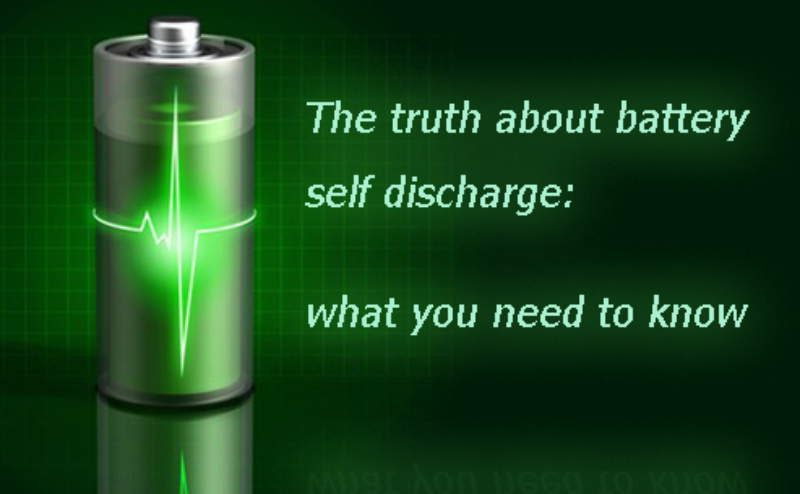
Main content:
- What is the battery self discharge rate?
- What is a typical self-discharge rate for my battery?
- What is low battery self-discharge? Which battery has the lowest self-discharge rate?
- How is battery self-discharge rate calculated?
- What causes battery to self-discharge?
- What factors affect the battery self-discharge rate?
- Does battery self-discharge matter?
- How does the impact of the self-discharge rate affect battery capacity?
- What is the impact of the self-discharge rate on storage?
- How do I reduce battery self-discharge?
- What happens when a battery is discharged?
- What is the C rating in lithium batteries? What is the difference between 50c and 100c?
1.What is the battery self discharge rate?
Among the battery performance parameters, battery self discharge capability is one of the important parameters to measure the battery state. After the battery is fully charged, it is normal for a certain degree of self-discharge in the shelving state. The rate at which battery capacity is lost during storage is called the self-discharge rate.
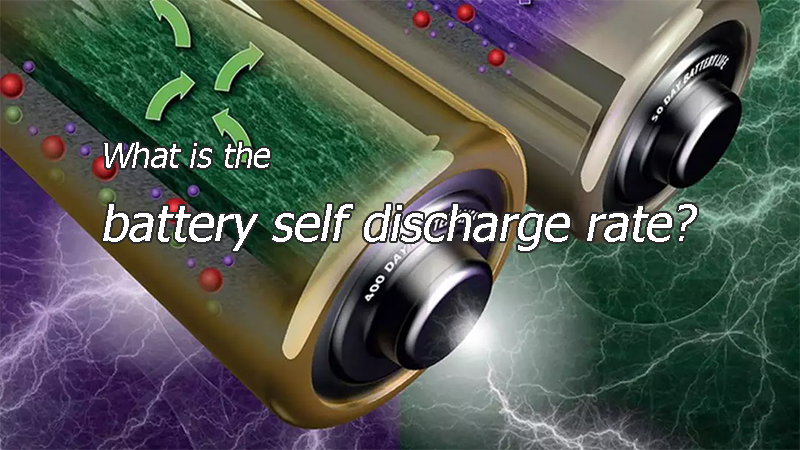
The battery self discharge rate, also known as the charge retention capacity, refers to the ability of the battery to maintain the stored capacity under certain conditions when the battery is in an open circuit state. Generally, the higher the self discharge rate, the shorter the shelf life of the battery.
2.What is a typical self-discharge rate for my battery?
All batteries will self-discharge, meaning they will slowly lose power over time even when not in use. The rate at which this happens varies depending on the type of battery, with some types losing power much faster than others. For example, lead-acid batteries typically have a self-discharge rate of around 20% per month.
The self discharge rate of lithium ion battery, on the other hand, as low as about 3.5% over the same period. This means that if you're not using your battery regularly, you'll need to take into account the self discharge rate when planning how often to recharge it. Failure to do so could result in the battery becoming unusable due to inadequate power.
3.What is low battery self-discharge? Which battery has the lowest self-discharge rate?
Low battery self-discharge means that the battery has a low self-discharge rate, that is, when the battery is put on hold in an open-circuit state, there is less spontaneous loss of capacity. The rate of self-discharge varies depending on the type of battery and its chemical composition. NiMH batteries have the highest self discharge rate, while self discharge rate of lithium ion battery is lowest.
|
Battery |
Self Discharge Rate |
|
Lead-acid batteries |
3% - 5% per month |
|
NiCd (nickel-cadmium) batteries |
20% a month |
|
NiMH (nickel-metal hydride) batteries |
30% a month |
|
Lithium iron phosphate batteries |
< 1% a month |
|
Lithium polymer batteries |
5% a month |
|
Alkaline batteries |
2 - 3% per month |
|
Zinc-carbon batteries |
< 4% per month |
|
Silver-zinc batteries |
5% a year |
|
Lithium-sulfur batteries |
0.33C - 0.4C |
|
Magnesium-based batteries |
1% a month |
As a result, lithium-ion batteries are typically used in devices that are frequently used and require a longer period of use, such as RVs and trolling motors. However, in fact, lithium-ion batteries can also be used for energy storage. For example, lithium ion solar battery are widely used in home energy storage. The table below shows the approximate self-discharge rates for different types of batteries.
4.How is battery self-discharge rate calculated?
The percentage of battery self discharge to total capacity measured in a certain period of time is called "self-discharge rate". The self-discharge rate is calculated by taking the total capacity of the battery and dividing it by the number of days it can be stored without being used.
For example, a lead-acid battery with a capacity of 100 Ah can be stored for 20 days without being used. This means that the lead acid battery self discharge rate is 5% per day. The battery self discharge rate can also be expressed as a percentage of the total capacity. In the example above, the battery self discharge rate would be 2% per month.
5.What causes battery to self-discharge?
Battery self-discharge can generally be divided into two types: reversible self-discharge and irreversible self-discharge. The loss of capacity can be reversibly compensated for reversible self-discharge, the principle of which is similar to the normal discharge reaction of the battery. The self-discharge in which the lost capacity cannot be compensated is irreversible self-discharge.
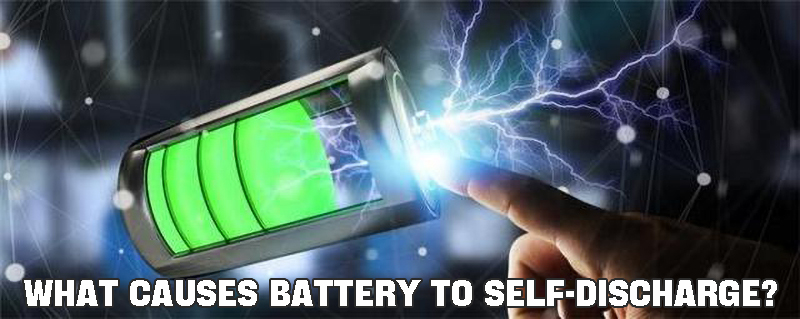
The main reason for this is that irreversible reactions occur inside the battery, including the reaction between the cathode and the electrolyte, the reaction between the anode and the electrolyte, and the reaction caused by impurities in the electrolyte, and Irreversible reactions caused by micro-short circuit caused by impurities carried during manufacture.
6.What factors affect the battery self-discharge rate?
Several factors can affect a battery self discharge rate. These include:
- The type of battery. Some battery types, such as nickel-based batteries, have a higher self-discharge rate than others.
- The temperature. The higher the temperature, the higher the activity of the electrochemical material of the battery, the more intense the reaction of the cathodeand anode materials and the electrolyte of the battery, resulting in more capacity loss.
- The storage conditions. Batteries stored in a discharged state will self-discharge at a faster rate than those that are stored in a charged state.
- The age of the battery. The battery self discharge rate increases with its age.
7.Does battery self-discharge matter?
For the most part, battery self discharge is not a major concern. However, it can become an issue in certain situations.For example, if you are storing batteries for an extended period, you will want to keep an eye on the battery self discharge rate to ensure that the batteries do not become discharged too much. Additionally, if you are using a battery-powered device in a hot environment, the self-discharge rate can become a factor in how long the device will run before needing to be recharged.
① How does the impact of the self-discharge rate affect battery capacity?
The self-discharge rate of a battery impacts the capacity or usable lifetime of the battery. The battery self discharge will cause its capacity to decrease during storage. The self-discharge rate is related to the solubility of the cathode material in the electrolyte and its instability (easy self-decomposition) when heated.
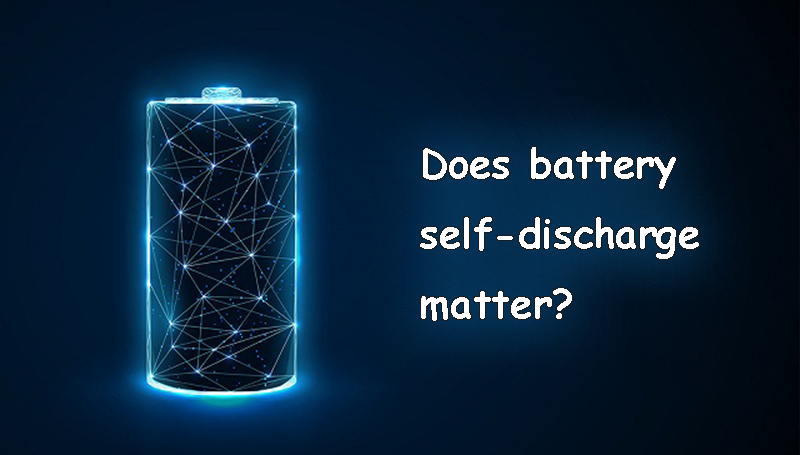
The actual capacity of the battery depends on the amount of active material inside the battery and the utilization rate of the active material. Therefore, the battery capacity decreases as the battery self-discharge rate increases. When stored, a lead acid battery will gradually self-discharge. The self-discharge rate is the percentage of charge lost per month due to chemical reactions within the battery itself.
② What is the impact of the self-discharge rate on storage?
The battery self discharge rate affects how long the battery can be stored and has specific requirements for storage conditions. A higher battery self discharge rate means that it will need to be recharged more often, which can impact the lifespan of the battery. A lower battery self discharge rate means that it can be stored for longer periods without needing to be recharged.
8.How do I reduce battery self-discharge?
There are a few things you can do to reduce battery self discharge:
- Store your batteries in a cool, dry place.
- Check the batteries regularly and recharge them if necessary.
- Use higher quality batteries, such as lithium-ion batteries that have the advantages of high energy density, low self-discharge rate, and long cycle life.
- Reduce the number of devices that use batteries.
- Turn off electronics when not in use.
- Use a power strip to easily turn off multiple devices at once.
- Consider using rechargeable batteries.
- Follow the manufacturer’s recommendations for storage and charging.
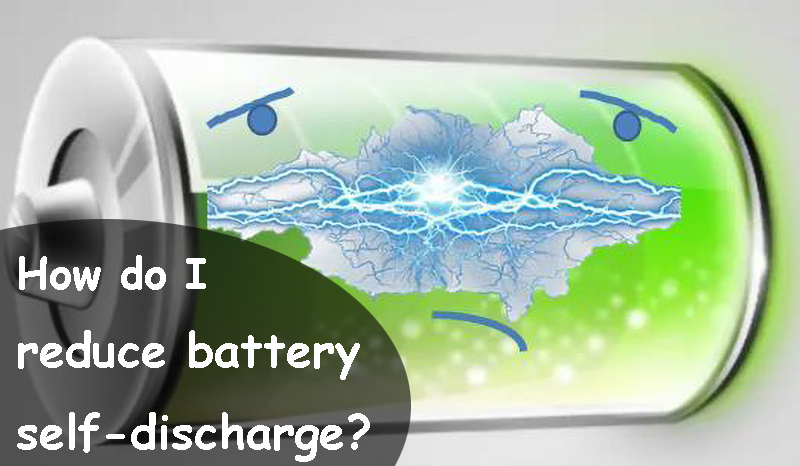
9.What happens when a battery is discharged?
When a battery is discharged, the chemical reaction that takes place inside it reverses, at which point the chemical energy is converted into electrical energy. The lithium ions embedded in the carbon layer of the anode are lost and move towards the cathode, and the more lithium ions that return to the cathode, the higher the discharge capacity.
The electrons flow from the cathode to the anode, providing power to whatever device the battery is powering. The chemical reaction that takes place during discharge is: Anode: Li → Li+ + e–; Cathode: MnO2 + e– → MnO. As the battery discharges, the lithium ions (Li+) move from the anode to the cathode, and the electrons (e–) move from the cathode to the anode through the external circuit. This process is reversed when the battery is charged.
10.What is the C rating in lithium batteries? What is the difference between 50c and 100c?
The C rating is a measure of how fast a battery can discharge its stored energy. The higher the C rating, the faster the battery can discharge. For example, a battery with a C rating of 100 can discharge 10 times faster than a battery with a C rating of 10. The difference between 50C and 100C is that 100C batteries can discharge twice as fast as 50C batteries. This is why 100C batteries are often used in high-performance applications, such as RC cars and drone battery.
















